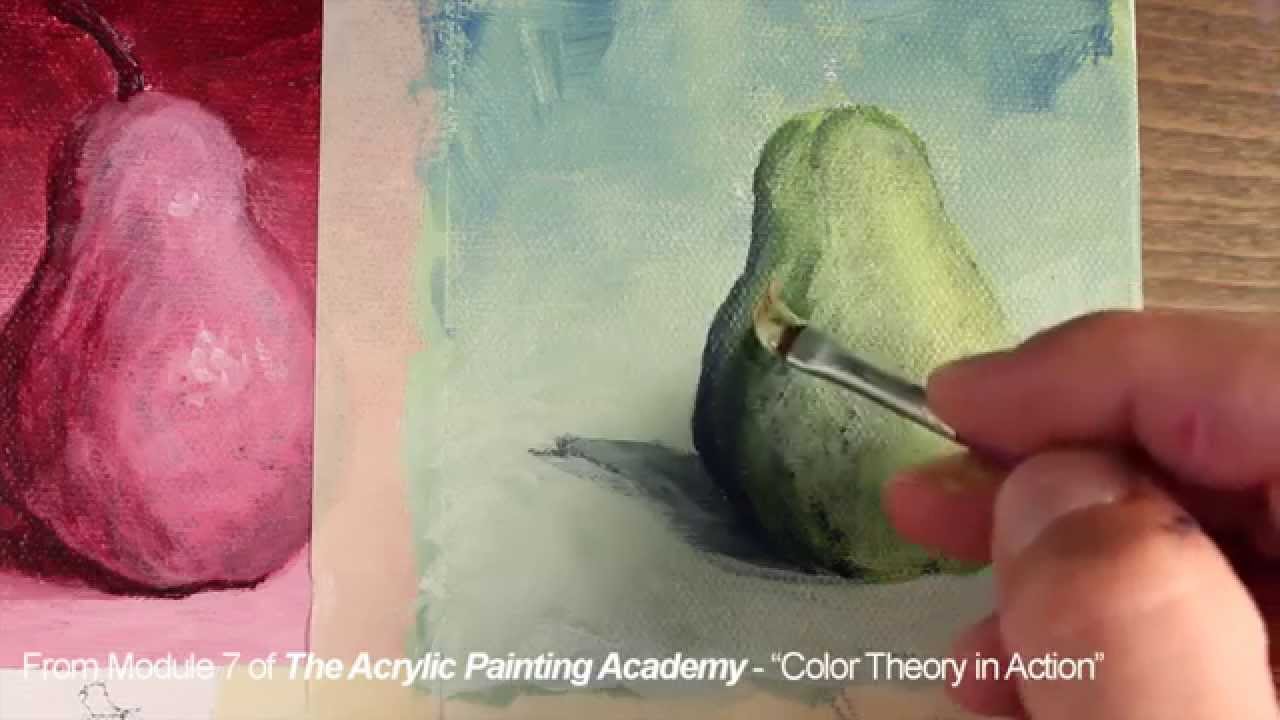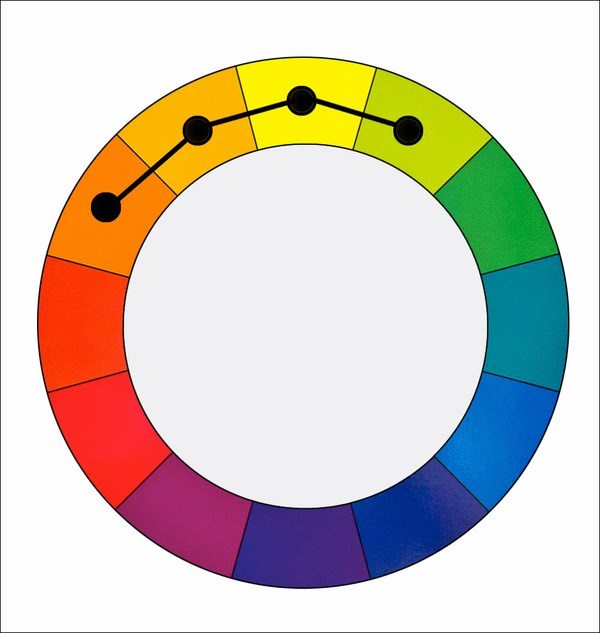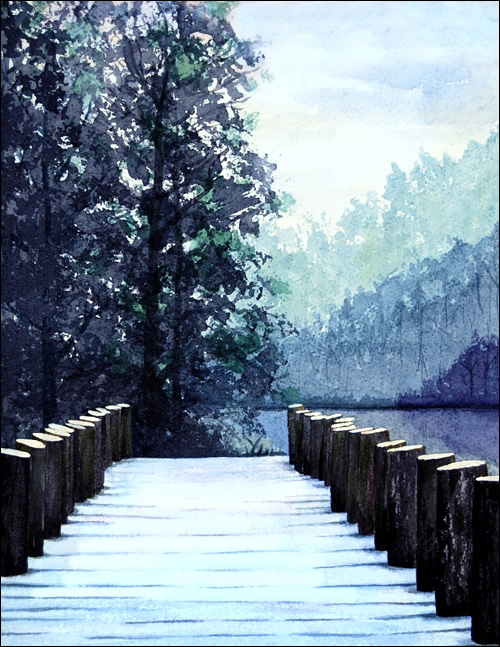

#Painting with analogous colors full
The colors in the illustration are all in full saturation. Look at how each color interacts with the other as the "star" of a work. Here we see how other complementary combinations. In the painting above, red is used as the main attraction of the painting whereas green is used as a supporting color and background. It's good to study carefully which color will be used as the main color of your subject matter and background. It can be tricky to use, you must be careful with the amount of color saturation in painting to avoid over-contrast. Many of pop artworks use this color scheme due to its boldness. When mixed together in the paletter, it produces gray or a neutral color. This combination produces the highest contrast possible. Two colors that are opposite of each other in the color wheel are called "complementary" colors. COMPLEMENTARYĬolors used: Forest Green and Sennelier Red

This color harmony uses three to five colors which are all adjacent of each other in the color wheel. It is one of the easiest to use in paintings as it is pleasing to the eyes. Compared to the Achromatic and Monochromatic color schemes, it is a step up with regards to visual contrast. ANALOGOUS Colors used: Lemon Yellow, French Vermilion, Red Sennelier, and Ivory Black With this color combination, a painting will have little contrast but is sure to have a very unified look. The sample scale and apple painting above use tones and tints of red. This means one color is used with different amounts of black and white. Not to mention that you’ll learn a bunch of new things.Īlso, don’t forget to have fun and not stress out over this.A painting that is monochromatic in color harmony uses only one hue or color and its lighter or darker variations. I love using complementary color schemes, but also analogous and others. So, if you want to create a balanced art journal page, use the color wheel and pick the color schemes that I described at the beginning of this post. That’s what we’ve been talking about so far. Or if you have an image in yellow, put it on a purple background.

You can use their shades and tints as well (lighter and darker versions).Īnd of course, black and white are great for contrast.Īnother example is if your background is mostly red, add a green element. Choose complementary colors and combine them (but not mix them together because they create a muddy color when mixed!), like blue and orange, purple and yellow, and red and green. Yellow and purple are complementary colors and they create contrast. If an art journal page looks dull to me, I’ll check which color I could add to make it more interesting, and then I’d add a few details in this color. Then, I check the colors and see what I can add to spice things up a bit. Here, I’ll share some of the ways you can decide on which colors to use without having to look at the color wheel all the time.Īlso, my best advice is to use the color wheel and the color schemes while you create.įor example, sometimes while I paint, I realize something is missing.
#Painting with analogous colors how to
How to choose a color scheme for your art journal page? I promise you, the results will be amazing. It takes only a little to learn a few things and play around with them. Using color schemes in your art is an amazing way to speak through painting.

By using different color combinations, you can evoke different moods and feelings.You can create interesting effects with color that will enchant the viewer.Color schemes help you create contrast easily without adding more elements.You’ll be able to create more balanced artworks that just make sense visually.Why are color schemes important?Ĭolor schemes can help you in many ways to make a piece of art that has an impact on the viewer. A monochromatic color combination means that you use only one color (hue) and its tints and shades (its lighter and darker versions) and no other color whatsoever.


 0 kommentar(er)
0 kommentar(er)
